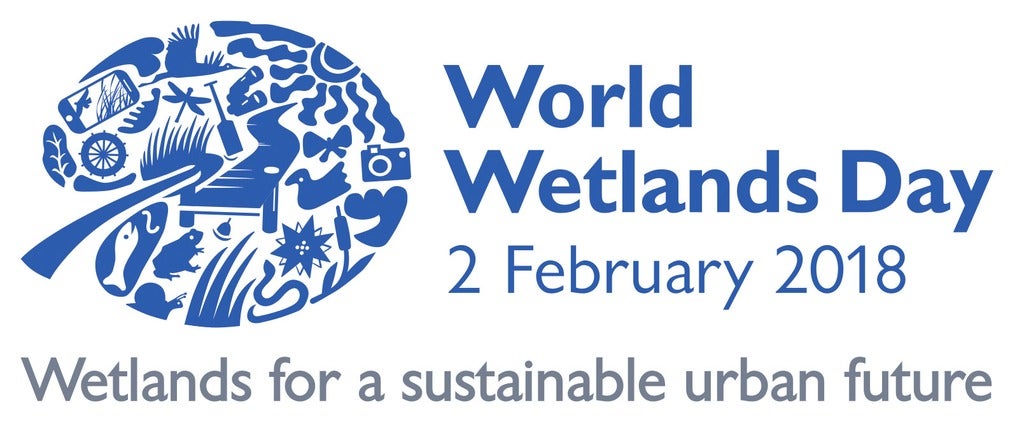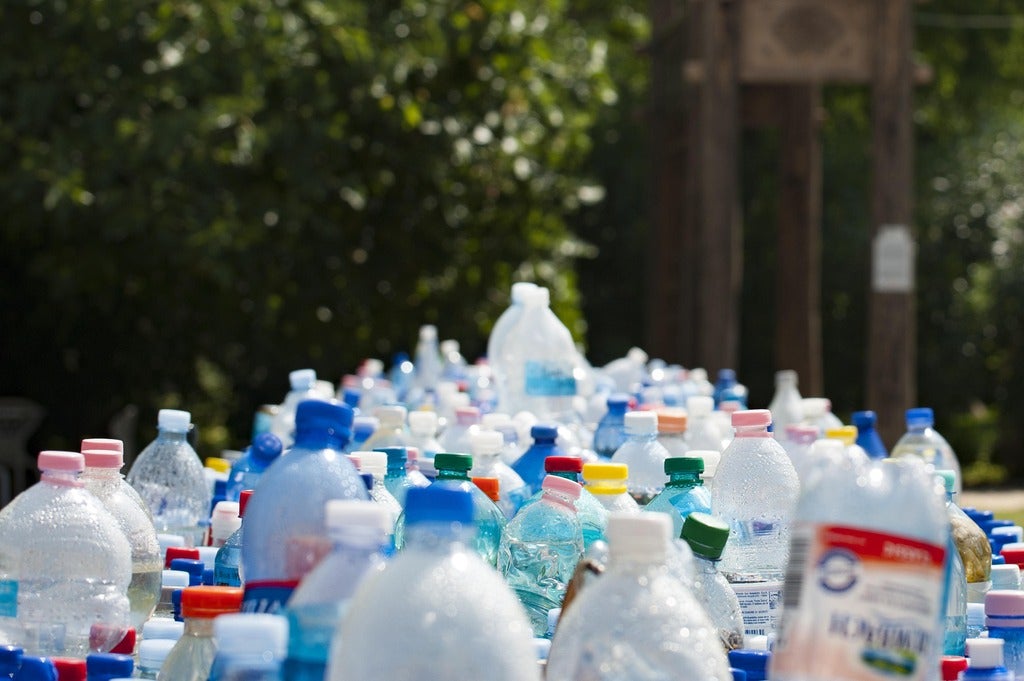Graduate student represents clean water and sanitation during Sustainable Development Solutions Network Canada launch
Elaine Ho, PhD student in Waterloo’s School of Environment, Resources and Sustainability, has always had an affinity for water. As a child, Elaine was fascinated at the world beneath the surface that is so different from our own.
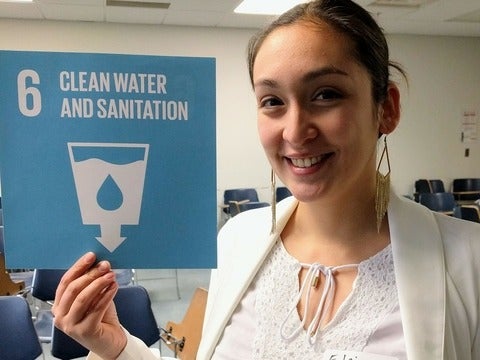
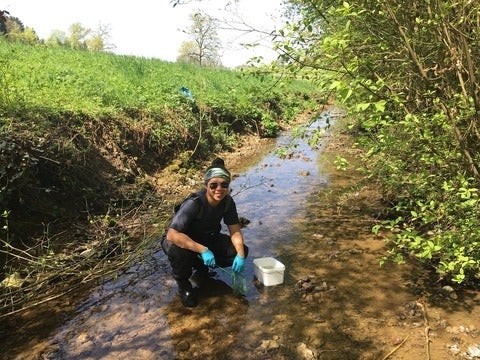
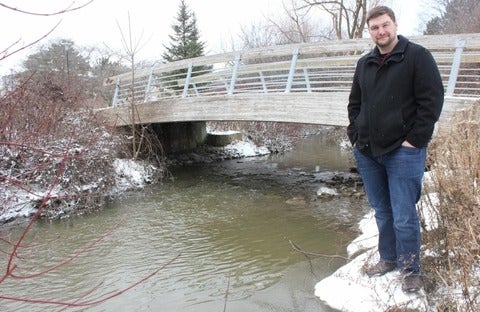
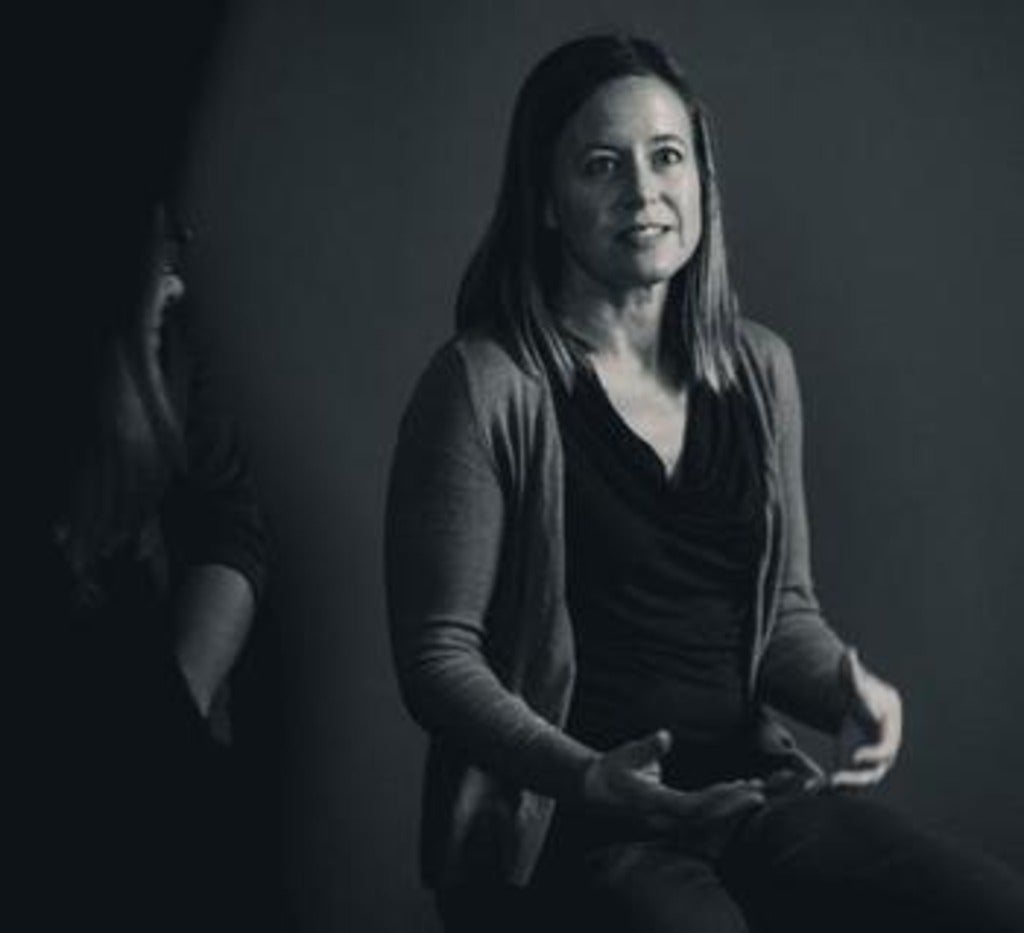


 Glaciers may have the reputation of moving slowly, but deep below them, unseen by humans, things are moving more quickly every day. Global warming is melting our glaciers, creating streams of icy water and slush below the surface. If this water spreads out, it can lubricate the ice above it and cause the glaciers to flow faster. While this melt and the resulting glacier flow tells scientists how fast our climate is changing, it’s up to a new breed of scientist to tell us how fast we need to act.
Glaciers may have the reputation of moving slowly, but deep below them, unseen by humans, things are moving more quickly every day. Global warming is melting our glaciers, creating streams of icy water and slush below the surface. If this water spreads out, it can lubricate the ice above it and cause the glaciers to flow faster. While this melt and the resulting glacier flow tells scientists how fast our climate is changing, it’s up to a new breed of scientist to tell us how fast we need to act. 